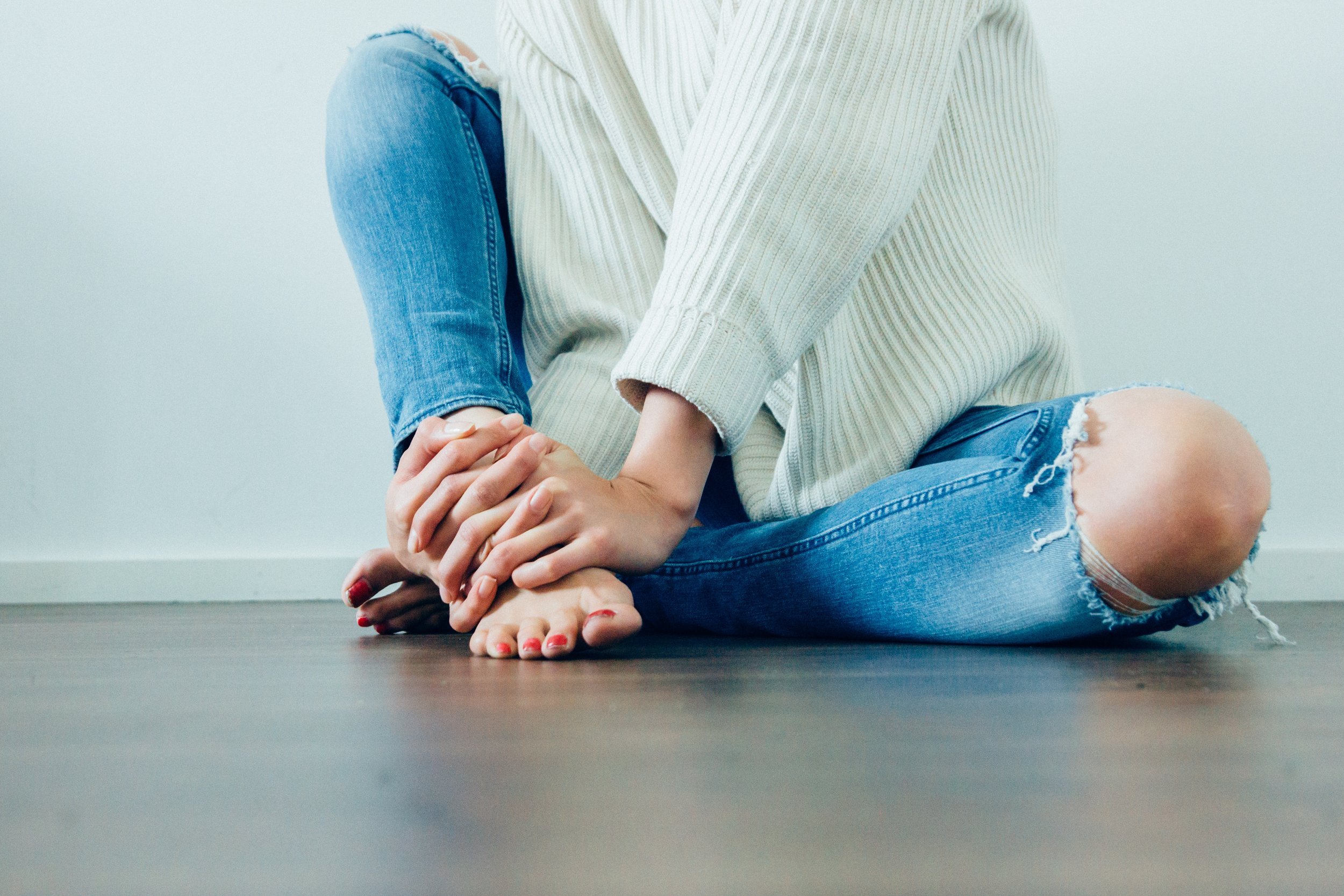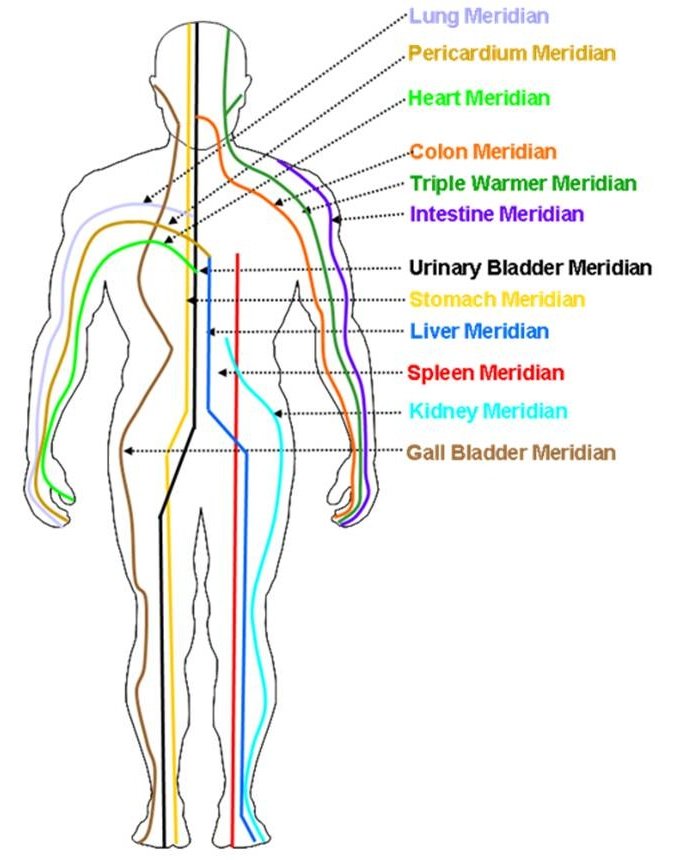A Traditional Chinese Medicine Approach to PMS
Addressing Premenstrual Syndrome (PMS) with Acupuncture and Chinese Medicine
Approximately 90% of women experience some type of premenstrual symptoms, what we typically refer to as PMS or Premenstrual Syndrome. PMS includes things like bloating, breast tenderness, and irritability and differs from person to person in terms of symptoms and severity. For some women, PMS can be so severe that it causes them to miss work, school, or other commitments, for others it is a very minor experience. When PMS gets to the point where it begins to consistently interfere with daily functioning and personal relationships, a diagnosis of Premenstrual Dysphoric Disorder (PMDD) may be made. PMDD affects less than 5% of women and may be caused by severe reactions to hormone changes, prostaglandins, and low levels of serotonin.
Some common treatments for both PMS and PMDD include:
dietary changes
regular exercise
stress management
vitamin supplements
over-the-counter pain relievers
anti-inflammatory medications
diuretics
hormone therapy
anti-depressants
Some women also choose to pursue therapeutic support, where they can learn coping strategies such as relaxation techniques. Acupuncture is another alternative treatment option which, in addition to being beneficial for overall wellness, has been proven effective in the treatment of many health problems including PMS and PMDD.
Evidence for Acupuncture as PMS/PMDD Treatment
Practitioners of Traditional Chinese Medicine (TCM) have been using acupuncture for thousands of years to address all types of physical and mental ailments. Based on a system of 12 meridians, acupuncturists use needles to stimulate different points along the meridians in order to address physical and emotional problems and provide relief.
Although western medicine has misunderstood or altogether dismissed acupuncture for quite a long time, science is starting to uncover the anatomical basis for meridians. Research is ongoing but there is evidence that acupuncture stimulates sensory nerves to effectively influence communication with the brain.
Source: http://alternativeresourcesdirectory.com/news/what-are-the-meridians
It is also believed that acupuncture provides relief by prompting the body’s natural healing mechanisms and by treating the root cause of the problem, not just the symptoms. One specific benefit seems to be its ability to reduce inflammation, which could eliminate the same symptoms targeted by NSAIDs.
Studies show that acupuncture also works on the mind, which can help to alleviate the mood swings associated with PMS. A recent review article from Armour and colleagues (2018) looked at five studies that used acupuncture in the treatment of PMS. They observed no adverse side effects from the treatment and found that acupuncture seemed to reduce both the physical and mood-related symptoms associated with PMS.
Conclusions and Recommendations
Research on acupuncture as both preventative medicine and in the treatment of certain medical conditions like PMS and PMDD is ongoing and promising. While more studies are needed to fully understand its benefits, it does appear to be a good option for women seeking symptom relief from PMS and PMDD, especially given that side effects are extremely rare.
If you are curious about acupuncture but unsure if it is right for you, consider speaking with an acupuncturist or integrative medicine practitioner to learn more. It may also be helpful to do a trial run of a few sessions to see if you experience relief before committing to a longer term treatment course. For a holistic approach to managing PMS overall, integrative providers are a good option as they offer the ability to formulate a unified treatment plan to address all symptoms.


